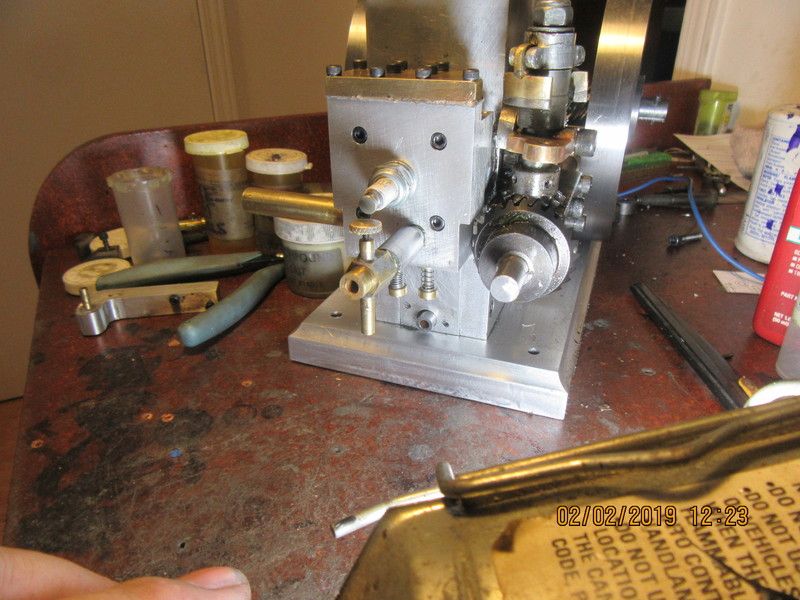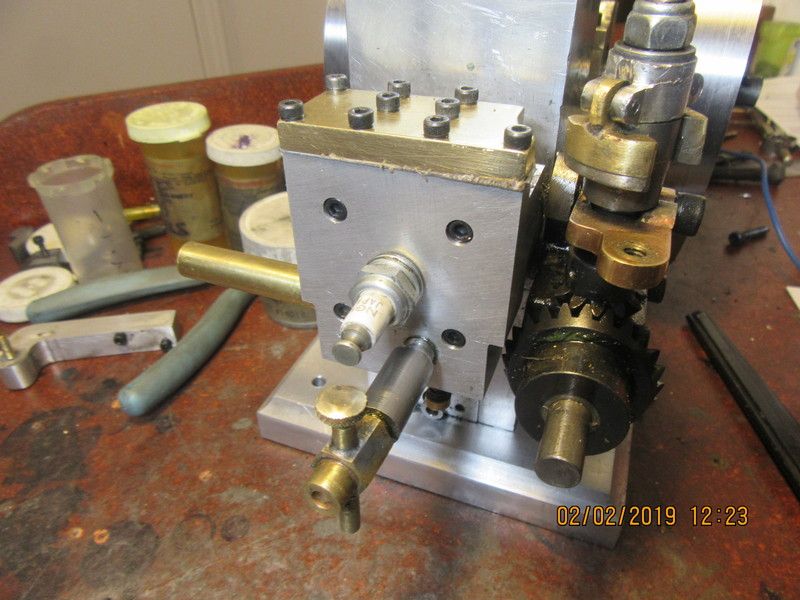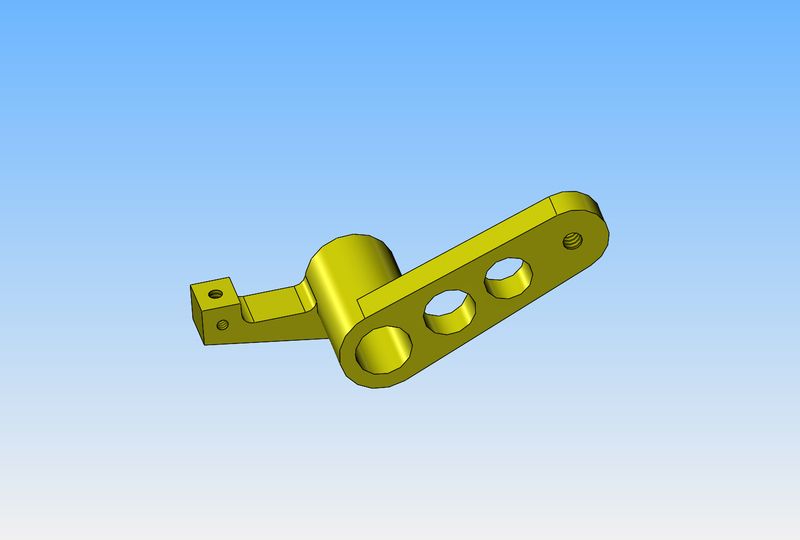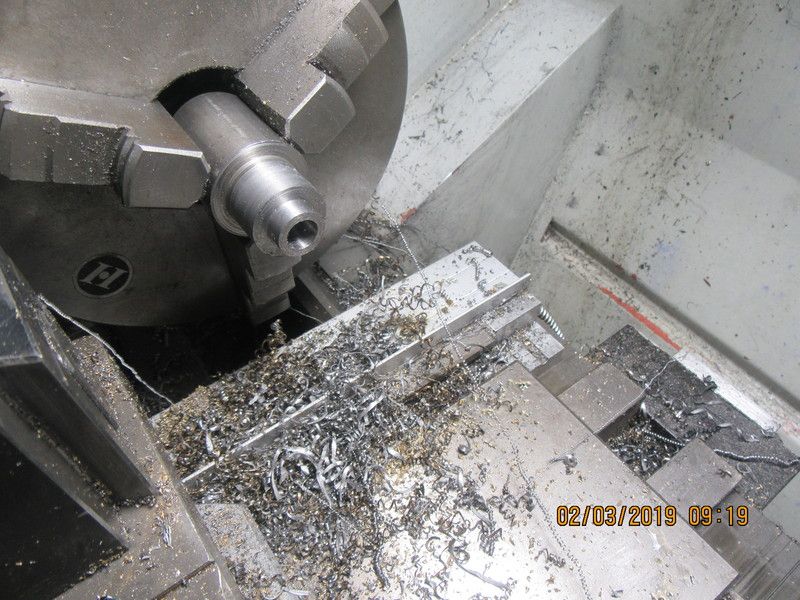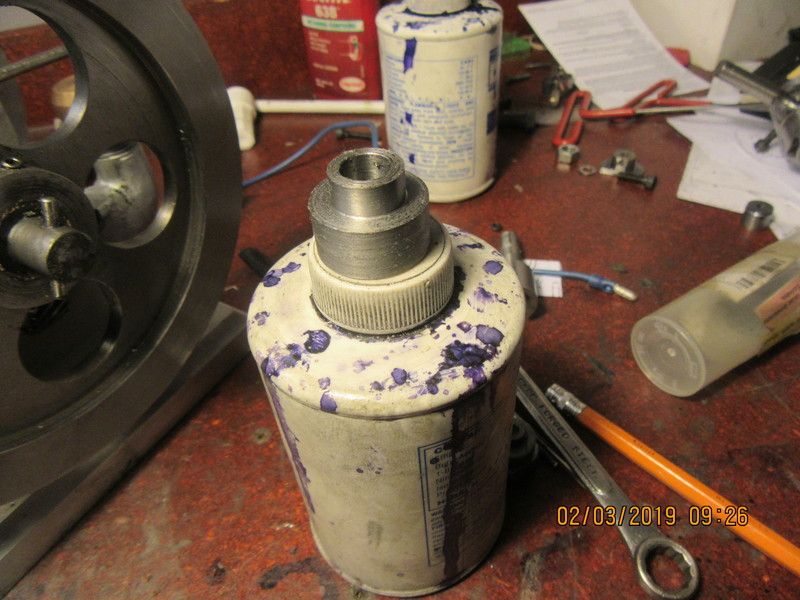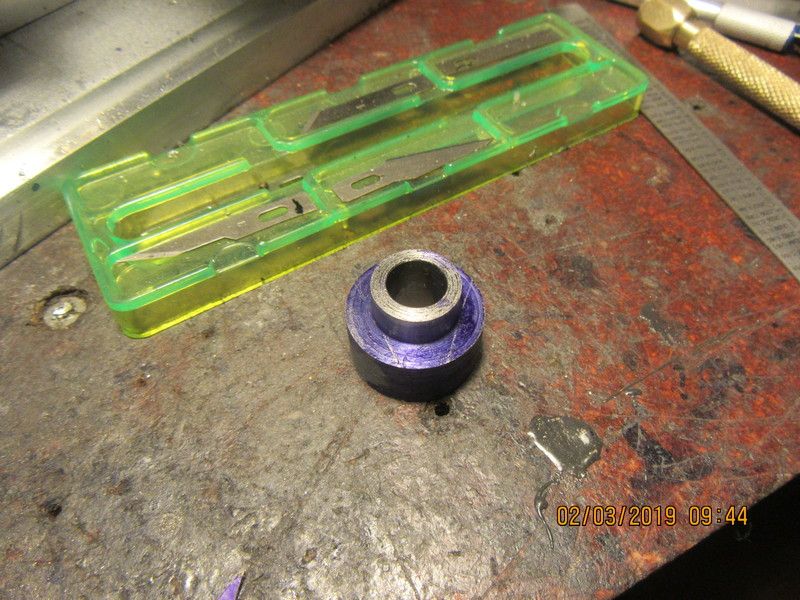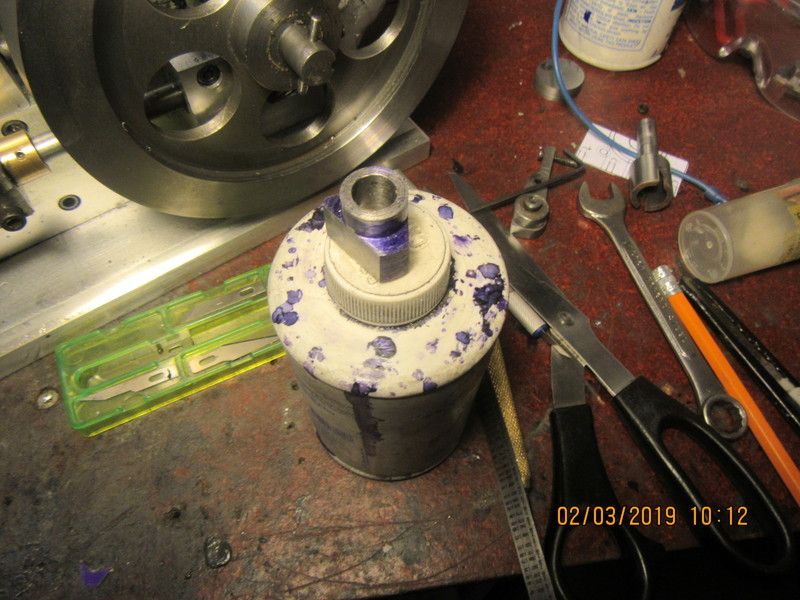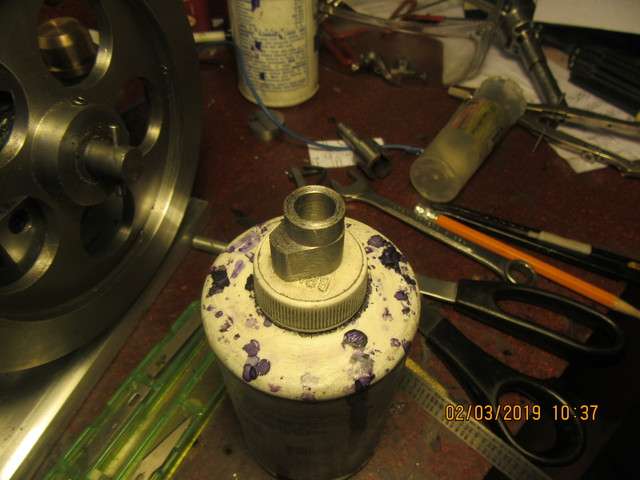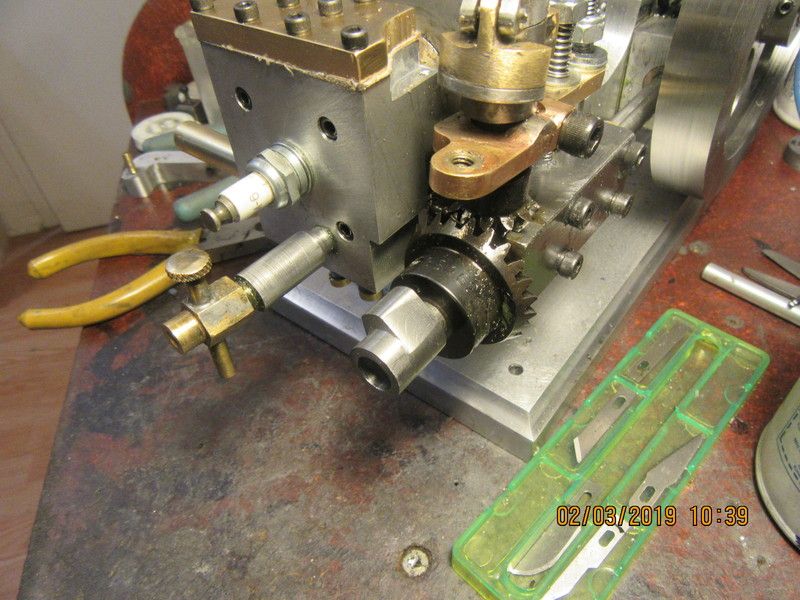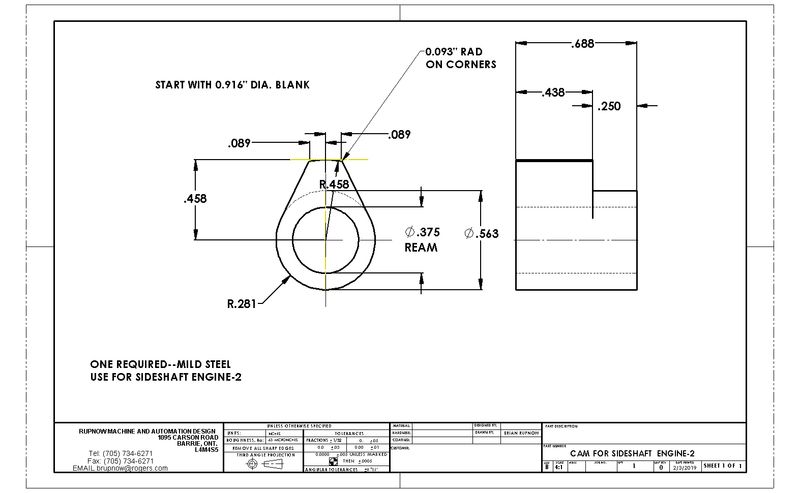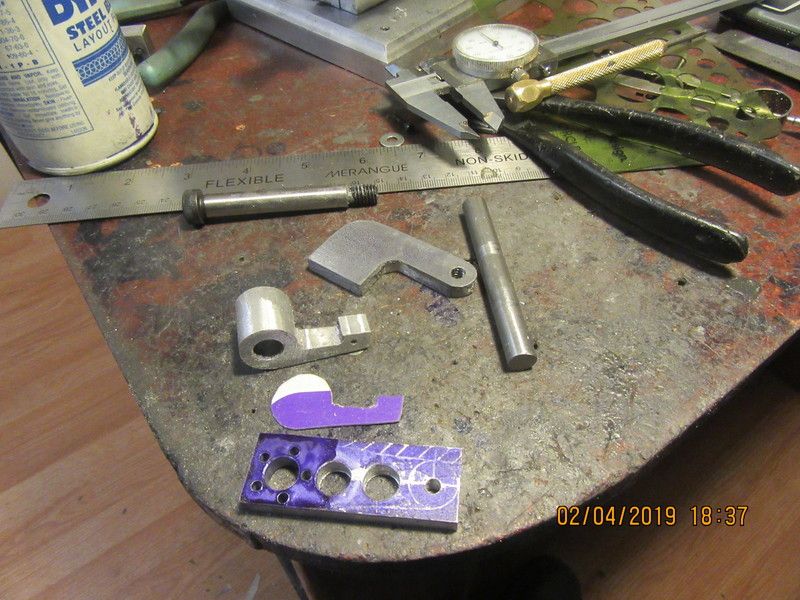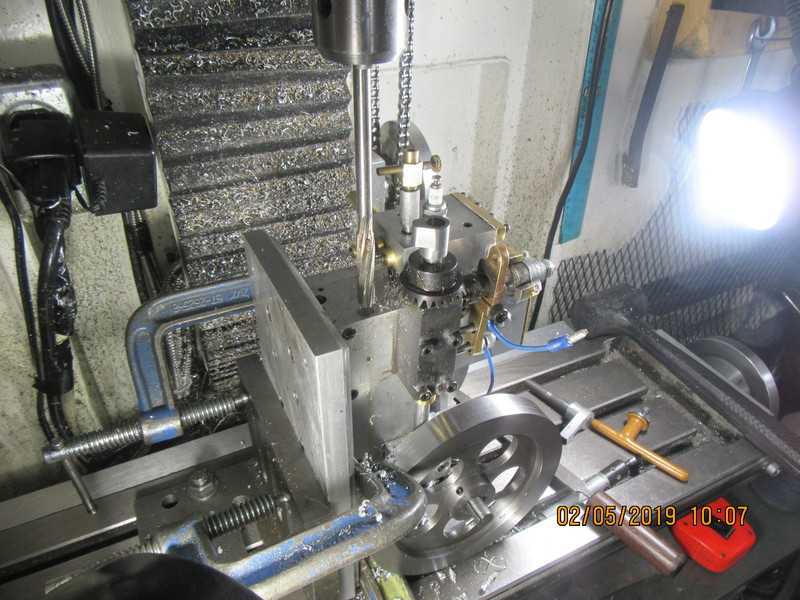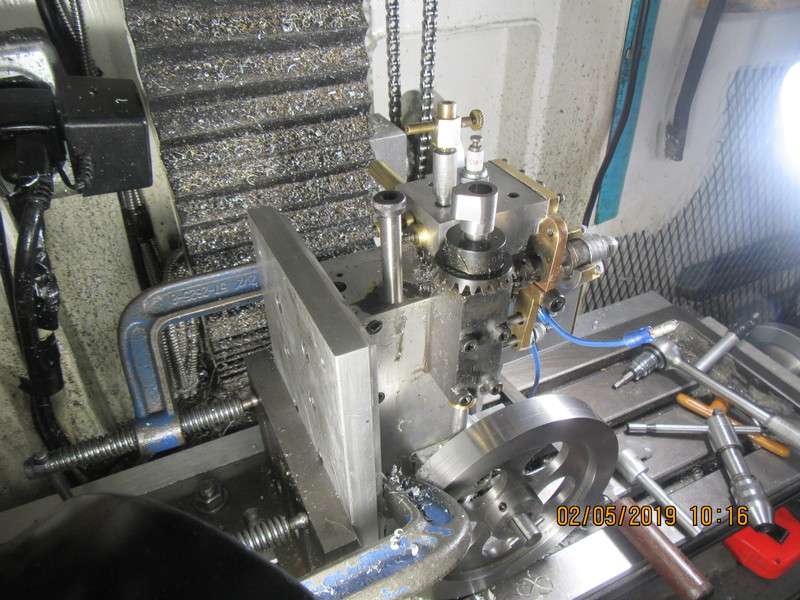Okay--time for a lesson--Remember old flathead Ford V8 engines, where hotrodders would "plane the heads" for a faster engine. What they were effectively doing was decreasing the room in the top of the combustion chamber to increase engine compression, which made a much "peppier" engine. On the other hand, if the combustion chamber gets larger, then the compression ratio drops, and the engine has lower compression and lazy performance. I have made my combustion chamber larger than it was before, so the plugs are in there to replace the material I machined away. A hit and miss engine runs best with a compression ratio of 3.5:1 up to 5:1.
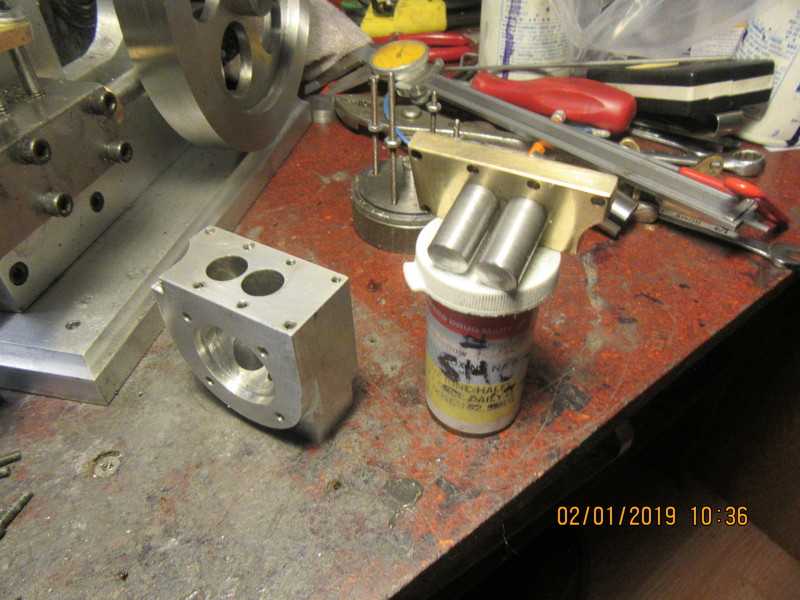






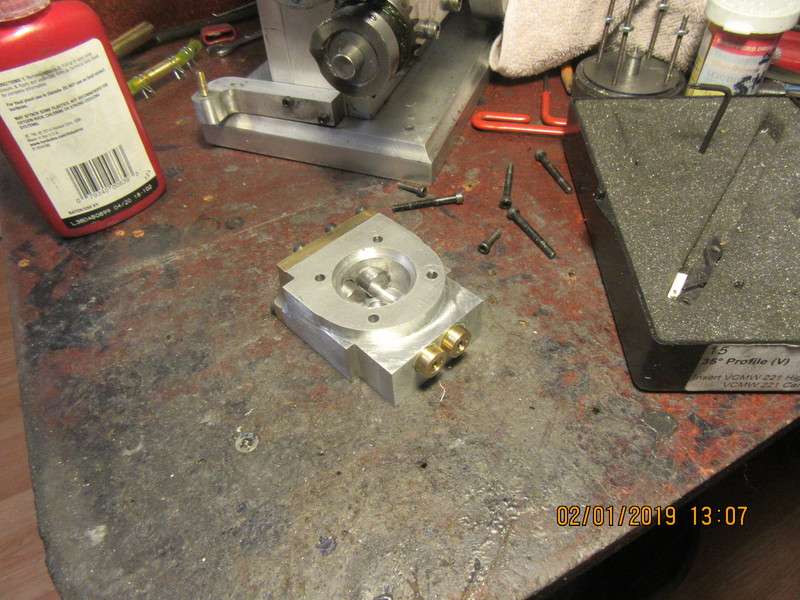



















































![DreamPlan Home Design and Landscaping Software Free for Windows [PC Download]](https://m.media-amazon.com/images/I/51kvZH2dVLL._SL500_.jpg)




![MeshMagic 3D Free 3D Modeling Software [Download]](https://m.media-amazon.com/images/I/B1U+p8ewjGS._SL500_.png)
